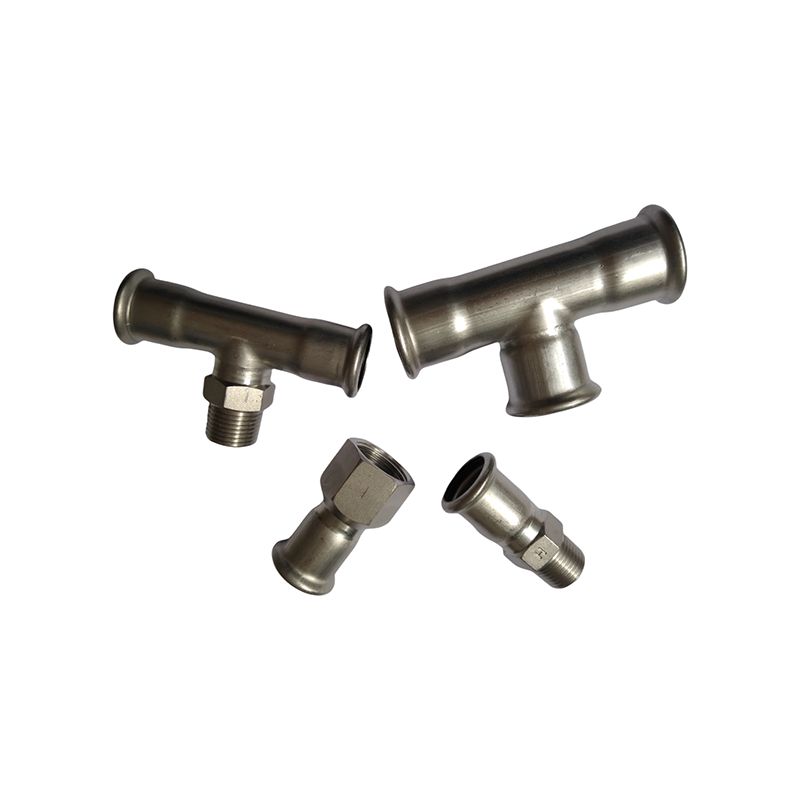Casting and forging processing are two fundamental methods for shaping metal into desired forms. Each technique boasts unique advantages and applications, making them crucial tools for countless industries. Let's delve into the world of casting and forging processing, exploring their core principles and the distinct products they create.
Casting Processing: From Molten Metal to Finished Form
Casting processing starts with transforming solid metal into a molten liquid state through intense heat. This molten metal is then poured into a pre-made mold, replicating the mold's cavity in the final product. Once the metal cools and solidifies, the solidified part is removed from the mold, completing the casting process.
Mold Matters: The type of mold used in casting processing significantly impacts the final product. Sand casting, for instance, utilizes sand molds that are relatively inexpensive but limited in terms of complexity and reusability. Conversely, permanent mold casting employs metal molds that offer higher precision and can be reused, making them ideal for mass production.
A World of Cast Products: Casting processing produces a vast array of products across various industries. From intricate engine blocks in the automotive sector to decorative sculptures in the art world, casting allows for the creation of parts with complex shapes and varying sizes.
Forging Processing: Shaping Metal Through Force
Forging processing, in contrast to casting, manipulates metal in its solid state. The metal is heated to a specific temperature, increasing its workability without reaching a molten state. Through hammering, pressing, or rolling, the metal is forced into a new shape, aligning its grain structure and enhancing its strength.
The Power of Forging: Forging processing imbues the metal with exceptional strength and ductility. The hammering or pressing action refines the grain structure of the metal, eliminating weaknesses and creating a more uniform material. This makes forged products ideal for applications demanding high structural integrity, such as crankshafts and gears.
Applications of Forged Strength: The exceptional strength and durability achieved through forging processing make it the preferred method for numerous applications. From aerospace components that endure extreme stresses to industrial tools designed for heavy-duty use, forged parts play a vital role in various industries.
Choosing the Right Processing Method
The selection between casting and forging processing depends on several factors, including the desired shape, material properties, and production volume. Casting excels at creating complex shapes with intricate details, while forging is ideal for parts requiring exceptional strength and a fine-grained structure.
In conclusion, casting and forging processing offer distinct advantages for shaping metal. Understanding their core principles and applications empowers engineers and manufacturers to select the most suitable method for their specific needs. These versatile techniques continue to play a vital role in shaping the metal components that form the backbone of our modern world.
